Stop Circus Suffering USA: 5 The Animal Welfare Act
Part 5 of ADI’s “Stop Circus Suffering USA” report, discussing the Animal Welfare Act
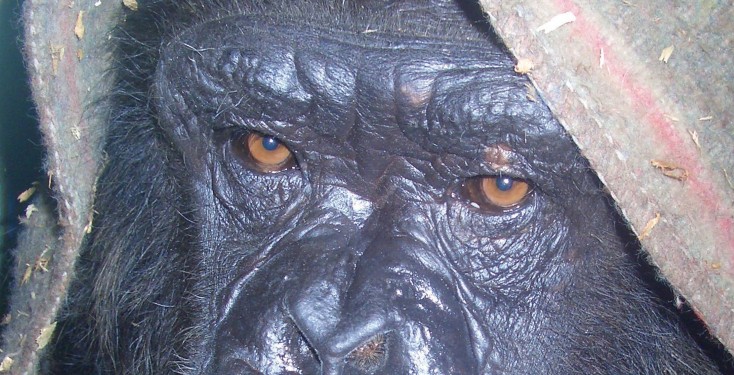
The U.S. Animal Welfare Act (AWA) is the federal law that regulates the commercial use and trade of animals for research and in exhibitions (carnivals, zoos and circuses), the pet trade and during transportation in commerce, and the protection of owners of animals from animal theft and resale (AWA, Section 1). The Act provides a system of licensing, regulation and inspection and sets minimum standards of care and humane treatment of animals used in these industries. The Animal and Plant Health Inspection Service (APHIS), a division of the U.S. Department of Agriculture (USDA), enforces the AWA.
Circuses using performing animals fall under the definition of exhibitor in the AWA (S.2). Other sections of the Act regulate animal licensing (S.3) and records on the purchase, sale, transportation, identification and ownership of animals, as well as arrangements for inspections (S.10).
Section 13 outlines the humane standards for animals covered by the AWA. The Secretary of Agriculture applies these standards to the handling, care, treatment and transportation of animals. This includes housing, feeding, watering, sanitation, rest, ventilation, shelter from extremes of weather and temperature, adequate veterinary care, and separation by species. It also allows the Secretary to consult with outside experts. Therefore S.13 actually provides the outline for the detailed standards which are incorporated in the Code of Federal Regulations (CFR), also implemented by APHIS.
The Act further empowers the Secretary of Agriculture with the authority to publish such rules and regulations as he determines necessary to assure humane treatment of animals, although there is an obligation to develop such regulations in collaboration with other government departments who have an interest in the subject.
Section 29(a) of the Act allows the Secretary to apply to a court for an injunction, should he believe that an exhibitor of a circus animal, for example, is placing the health of an animal in serious danger, in violation of the AWA or its regulations or standards.
Although the system of licensing, inspection, and the USDAs laudable Animal Care Policies and Exhibitor Inspection Guide for APHIS inspectors lay down some positive welfare guidelines for traveling circuses, our study of the use of animals in circuses in the U.S. indicates that these are mostly unenforced or simply not implemented.
In addition, we find key deficiencies in the language and scope of the Act and the relevant Code of Federal Regulations, as well as the system of inspections that leave animals in traveling circuses exposed to suffering and abuse.
In relation to the use of animals in traveling circuses, therefore, the AnimalWelfare Act has failed in its main purpose: “(1)…to insure that animals intended for use in research facilities or for exhibition purposes or for use as pets are provided humane care and treatment;” and “(2) to assure the humane treatment of animals during transportation in commerce…”
Deficiencies in Administration, Regulation and Enforcement
The AWA describes minimum welfare standards for dogs and primates but not for other species in other commercial contexts, a huge omission. USDA and APHIS policy guidelines are not enough to bring about an overall improvement in the welfare of animals with traveling circuses. Section 16(a) describes the inspection and regulation protocol. However, a specific provision for annual inspections, follow-up inspections and enforcement applies only to research facilities. Worse still, is that the APHIS guidelines on inspections currently advise, “You do not have to inspect every circus or traveling exhibitor that exhibits in your territory” (APHIS Animal Care Resource Guide, Exhibitor Inspection Guide, 11/04 17.10.1).
Gross Negligence
Section 19(d) of the AWA determines that any exhibitor who knowingly violates any provision of the Act shall, on conviction, be subject to imprisonment for not more than one year or a fine of not more than $2,500, or both. The Act needs to be amended to provide specific sanctions in cases of gross negligence (gross breaches of the duty of care), which may lead to a violation of the humane standards of animal welfare provided by the Act.
Activities Exempted from the Scope of the Act
Many performing animal exhibitors are outside the scope of the AWA and therefore exempt from any animal protection enforcement (AWA S.2 (h); Title 9 Chapter 1, Part 1, S1.1, CFR). These include state and county fairs, livestock shows, rodeos, field trials, coursing events, purebred dog and cat shows, retail pet stores and any fairs or exhibitions intended to advance agricultural arts and sciences. These activities should be drawn under an updated Act, governed by specific regulations relevant to the particular activity.
Species Exempted from the Act
Many types of performing animals have been excluded from the legislation. S.2 (g) of the AWA defines the only species included in the legislation: dogs, cats, nonhuman primates, guinea pigs, hamsters, rabbits and other mammals. The Code of Federal Regulations excludes additional species: birds, horses not used for research, rats or mice for research, and farm animals (T9,Chap1,Pt1,S1.1). Finally, cold-blooded animals, such as snakes and alligators, are not included. In terms of animal welfare, as this report shows, these exclusions are arbitrary and unscientfic and they leave many animals commonly used in circuses, like parrots, doves, horses, ponies, camels, llamas and reptiles, outside of the protection of the Act.
An updated Animal Welfare Act should be comprehensive and include all animals in captivity, with fundamental animal welfare objectives written into the core of the legislation and regulations governing the use of animals in each industry or commercial context.
A nation can be judged by how it treats the weakest and most vulnerable individuals for which it has responsibility. The U.S. should lead the way, with comprehensive principles laid down for the treatment of other species living alongside us in human society.
Read the Executive Summary of the Report.
1 Introduction
2 The Traveling Environment
3 Pilot Study: Animals in Traveling Circuses in the U.S.
4 The Scientific Evidence
5 The Animal Welfare Act
6 Recommendations for Action
7 Appendix: Public Opinion
8 References

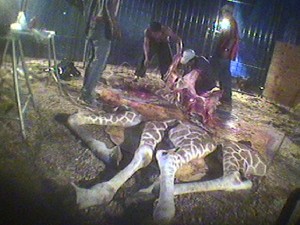
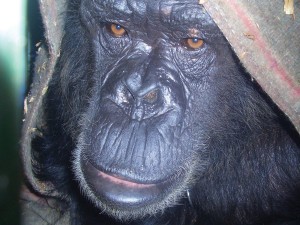
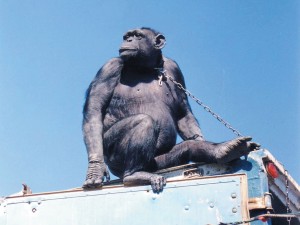
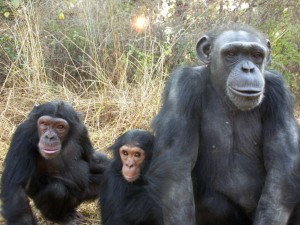
Pingback: Stop Circus Suffering USA: 1 Introduction | Stop Circus Suffering
It makes me cry to think of all the animals that are still suffering and all that have been so abused by people who don’t care. I’m going to do all I can to spread the word and make sure that everyone knows what is happening. Even if they say they don’t care I know there is a way to melt anyones heart with the images and stories of animals who have suffered and lived horrible lives.
this is so sad for the animals who suffer this horrible your right spread the word around so people can help
I agree im also a noob